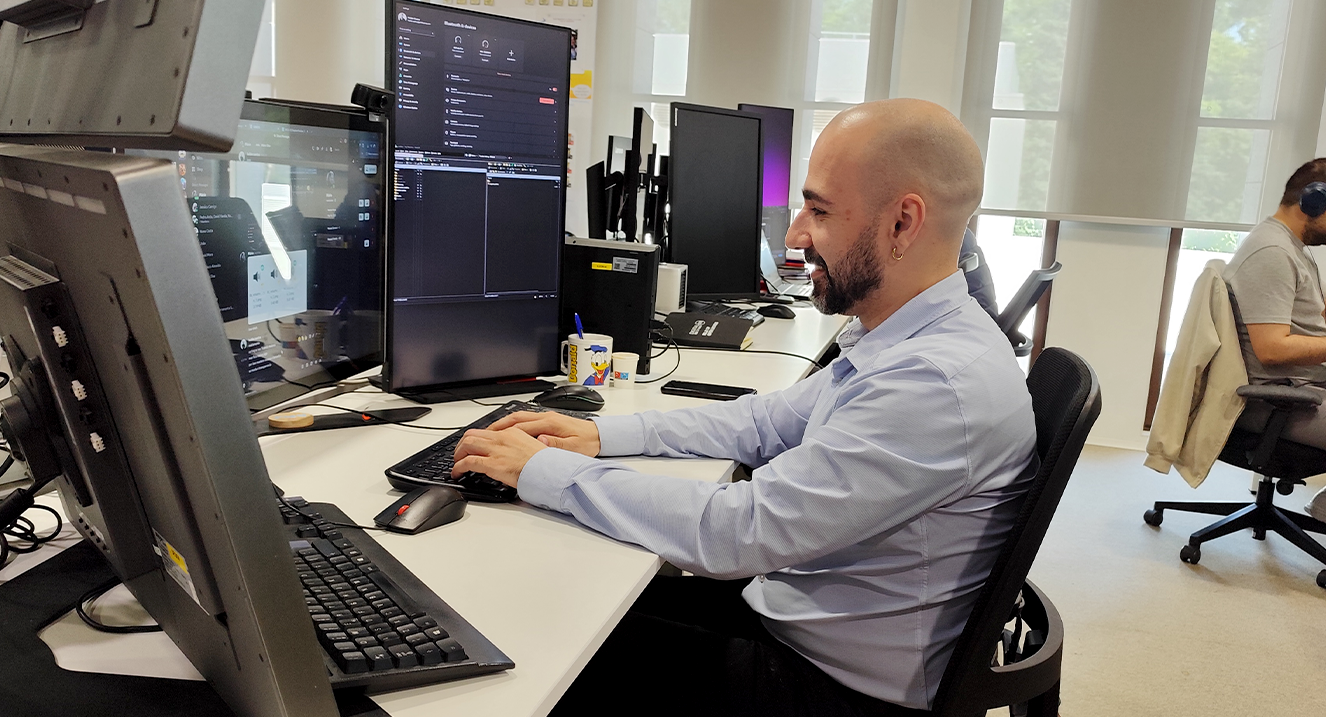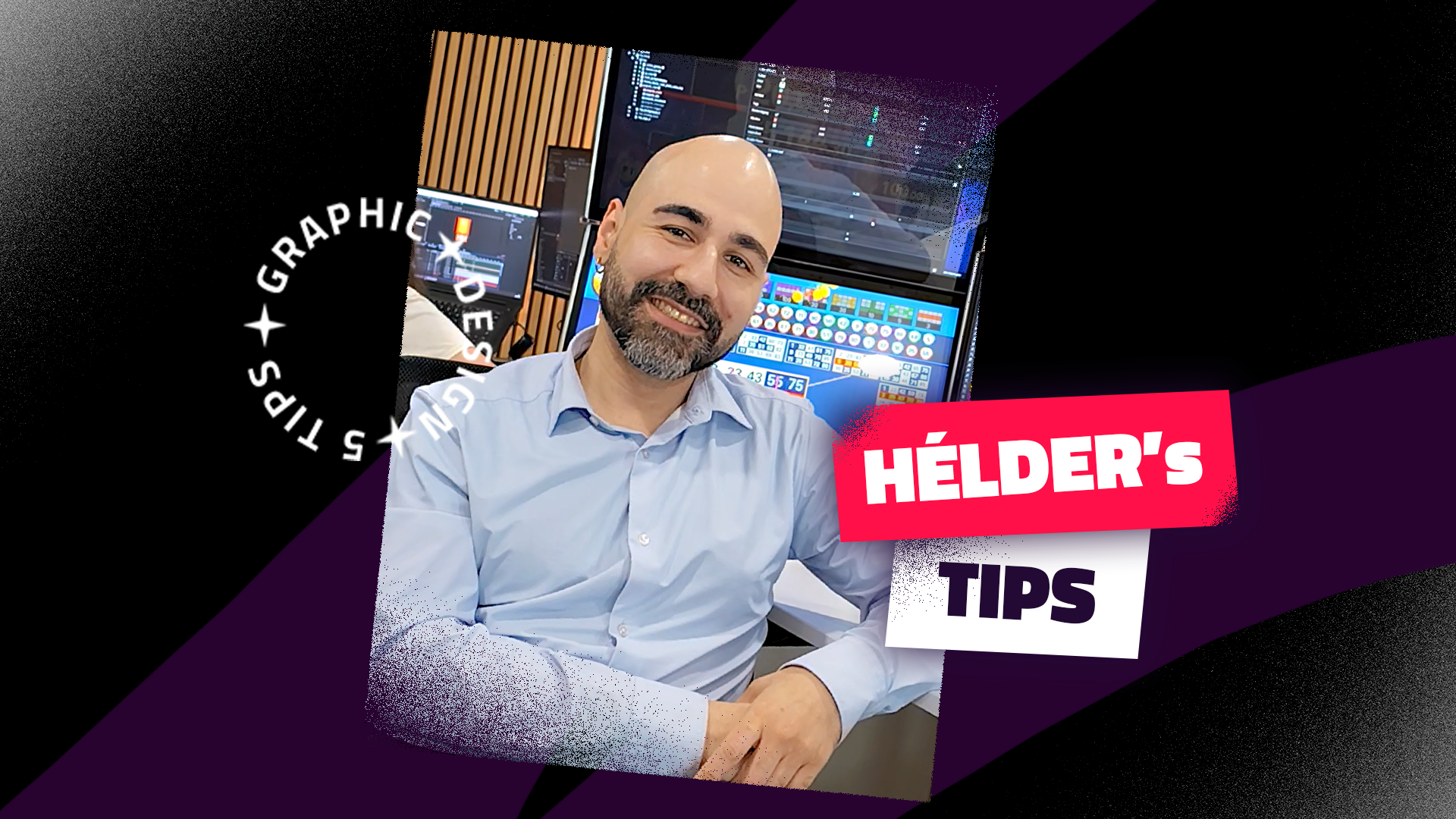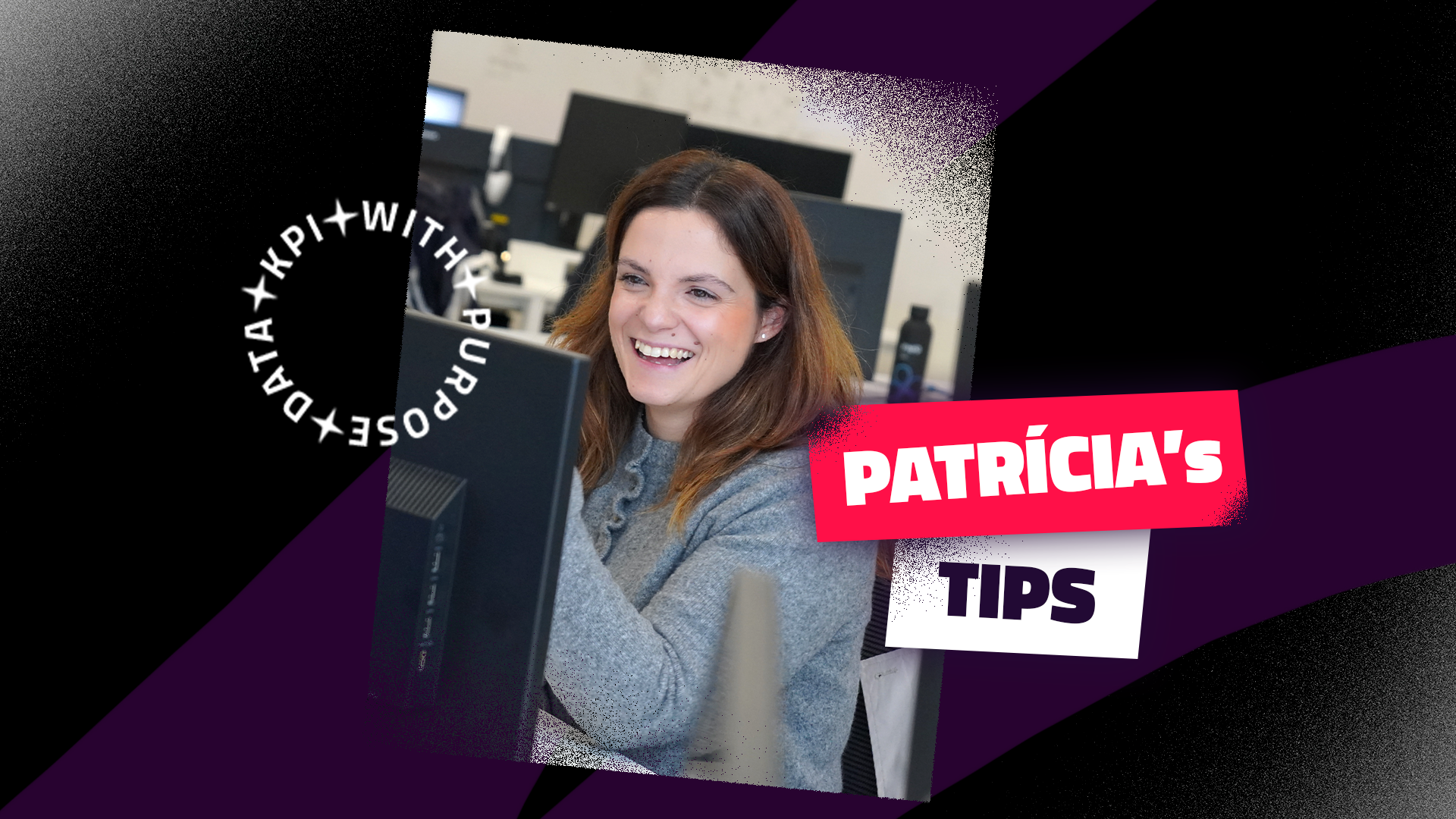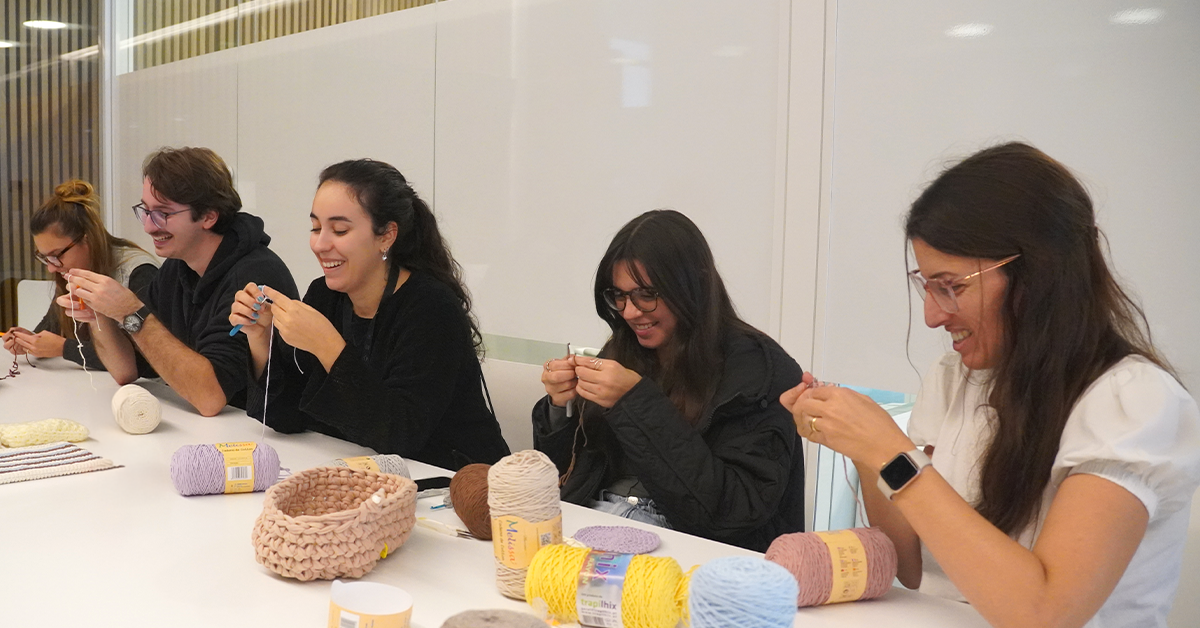5 lessons every game designer should live by – Hélder’s Tips
In the world of casino game development, where visual identity, usability and player retention define success, design becomes more than aesthetic. For Hélder Santos, Lead Graphic Designer at Fabamaq, it’s Strategy that turns good games into memorable ones.
At Fabamaq, a technology company in Porto dedicated to shaping the future of gaming, we believe that impactful art and smart design go hand in hand with user satisfaction. Here's how design can elevate the experience.
1. Understand your market and align your visual direction
Not all players are the same, and neither are their preferences. A successful design strategy starts with understanding your audience, studying the competition, and adapting your visual language accordingly.
Games aimed at older players might reflect nostalgic or classic aesthetics (think Asian or Egyptian themes), while younger audiences might respond better to vibrant visuals, sleek UIs, or pop culture references. Regional trends also matter, what's effective in European markets may not resonate in Asia or Latin America.
Game visuals should also match game mechanics. A fast-paced, sci-fi-themed slot requires a very different artistic tone than a calming video bingo. A well-aligned visual identity builds coherence and keeps players engaged.

2. Create thematic immersion
Great games tell stories, even without dialogue. That’s where visual storytelling makes the difference.
Custom illustrations, animated symbols, and layered backgrounds do more than just decorate, they create a world. Characters and mascots can even evolve into brand assets, building emotional connection and recognizability.
When game design pulls players into a narrative, the experience becomes richer, more engaging, and more memorable. It's the bridge between playing and feeling.
3. Prioritize usability: let players focus on fun
Designing by having the player in mind means making gameplay intuitive and frictionless. Clean navigation, readable iconography, and user-friendly interfaces ensure that players spend time enjoying the game, not figuring it out.
Action buttons like “Spin”, “Collect”, or “Bet” must stand out visually using color, size, and animation to guide interactions and build confidence. Well-placed feedback (like button glows or balance updates) enhances usability.
On the other hand, inconsistent or cluttered UIs can frustrate users and break trust, especially when real money is involved. In casino software development, visual clarity equals credibility.
4. Use emotional design to drive player connection
Design evokes emotion. Everything from color palettes to animation speeds can subtly influence how a player feels during gameplay.
Warm tones create comfort. Fast, flashy visuals generate excitement. Slow fades bring calm. Even micro-interactions like hover glows or bounce effects shape mood.
By considering the psychological impact of visual elements, designers can craft journeys that align with player expectations, whether that’s thrill, relaxation, or reward. In a gaming company focused on impact, this nuance is what drives retention.

5. Design with psychology in mind
Understanding how players think is key. Great design isn’t just about what looks good, it’s about what feels right.
Through player research and behavioral analysis, designers can optimize interfaces and visuals that respond to what users truly want. This is what makes the difference between an average product and a game that people remember.
In a software house like Fabamaq, building tech with empathy is part of our process.
Final thoughts
- Game design isn’t just about how things look, it’s about how they work.
- When you design with your audience in mind, prioritize clarity and usability, and consider emotional and psychological triggers, you build more than a game. You build an experience.
- At Fabamaq, we believe in designing with clarity, creativity, and connection, because in gaming, experience is everything.
Want more real-world tips from designers working in casino game development?
Don’t miss our previous edition of Gamer Tips, where UX/UI Designer Inês Sá shares how to run usability tests in resourceful and impactful ways.



